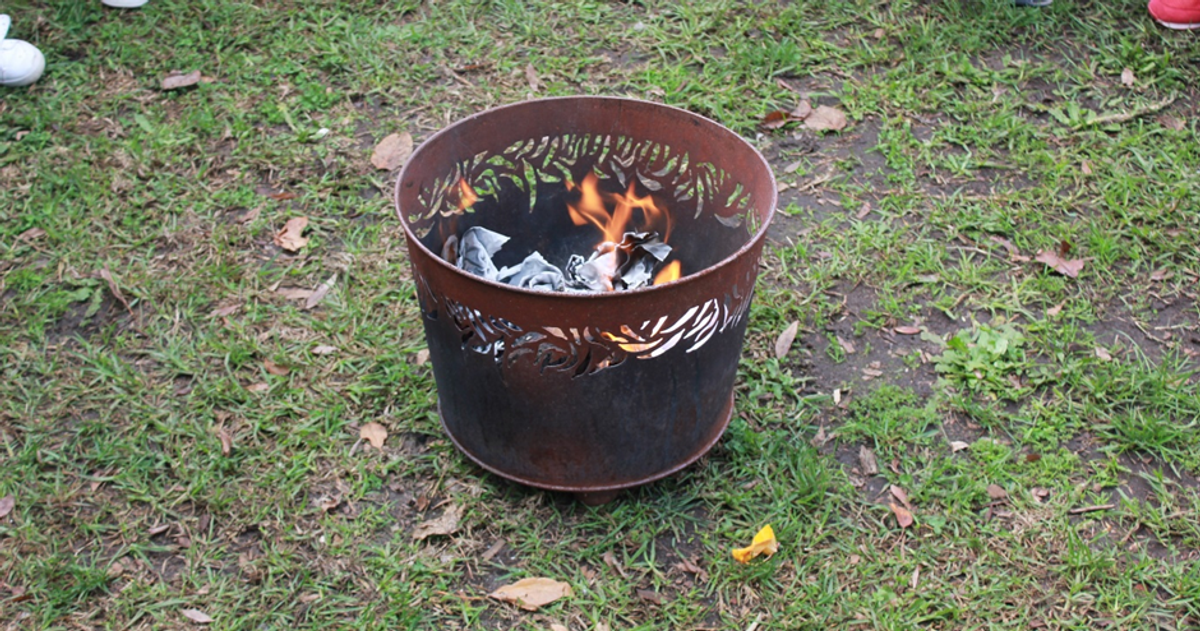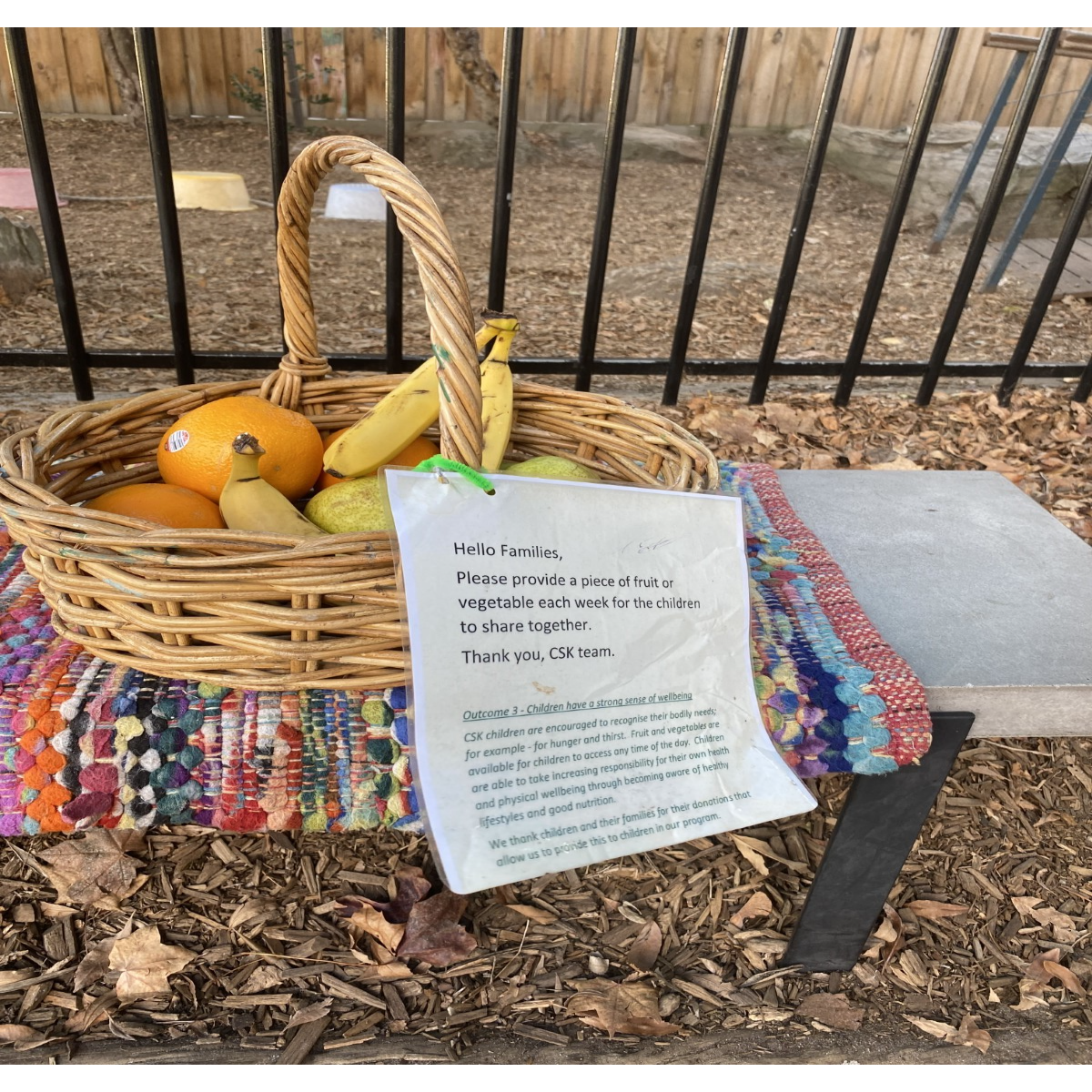Glen Education Caulfield South

Environments that Build Partnerships
By Sarah Gill, Liz Harrison and Lara Bodsworth, Early Childhood Educators
Our learning environment supports children’s sense of agency by encouraging them to engage actively in cultural practices and storytelling. It creates belonging by honouring diverse traditions and promoting inclusivity. Through these activities, children experience multi-modal play, which nurtures curiosity, risk-taking, creative thinking, and problem-solving. Additionally, our approach strengthens the positive link between home and kindergarten, enriching our community's cultural fabric.
At Glen Caulfield South Kindergarten we have a strong focus around Reconciliation celebrations to embed indigenous learning.
The children were involved in learning the song “Inn Anay Capuana.” In the past few weeks, we have come together in a circle for acknowledgement of country using the lighting of a candle. We are intentional in the way we arrange the resources for children so that each experience foster respect, curiosity, and a sense of belonging among children.
To extend this learning we created a space for the fire pit in the front garden. We engaged in a conversation about fire safety before we commenced so that clear expectations were agreed upon.
We asked one of our children what to do in a fire emergency? Her response was to “drop to the ground and cover your eyes and roll."
The way we organise our environments supports children to develop a shared responsibility.
“Embedding cultural learning in the early years helping children develop the understanding of cultural differences and respect for diversity”
One example of this is the way we ask parents to contribute to fruits for the kindergarten fruit basket, which symbolises a shared responsibility for the children's well-being and nutrition. The careful placement of our basket, within our learning environment, fosters a sense of community and partnership between parents and educators, showing that both are invested in the child's development.
When children see fruits from their home being shared at kindergarten, it creates a tangible connection between the two environments.
This can help children feel more comfortable and secure, as they see familiar items from home in their educational setting.
Our environment also provides numerous opportunities for curiosity, risk-taking, creative thinking, and problem-solving:
Curiosity: Cutting and preparing different fruits can spark children's curiosity about various types of fruits, their origins, tastes, textures, and nutritional benefits. This can lead to questions and explorations, fostering a love for learning and discovery.
Risk-Taking: Allowing children to participate in cutting fruits, with appropriate supervision and age-appropriate tools, encourages them to take risks in a controlled environment. This helps them learn about safety, develop fine motor skills, and gain confidence in their abilities.
Creative Thinking: The activity of preparing fruits can be made creative by allowing children to arrange the fruits in different ways, create fruit salads, or even come up with their own recipes. This encourages them to think creatively and experiment with new ideas.
Problem-Solving: During the fruit preparation process, children may encounter problems such as how to cut a fruit properly, how to share fruits fairly among their peers, solving these problems helps them develop critical thinking skills and learn how to work collaboratively with others.
The simple activity of bringing fruits and preparing them together in a kindergarten setting enriches the educational experience by bridging home and school, and by providing a rich environment for developing essential skills.


